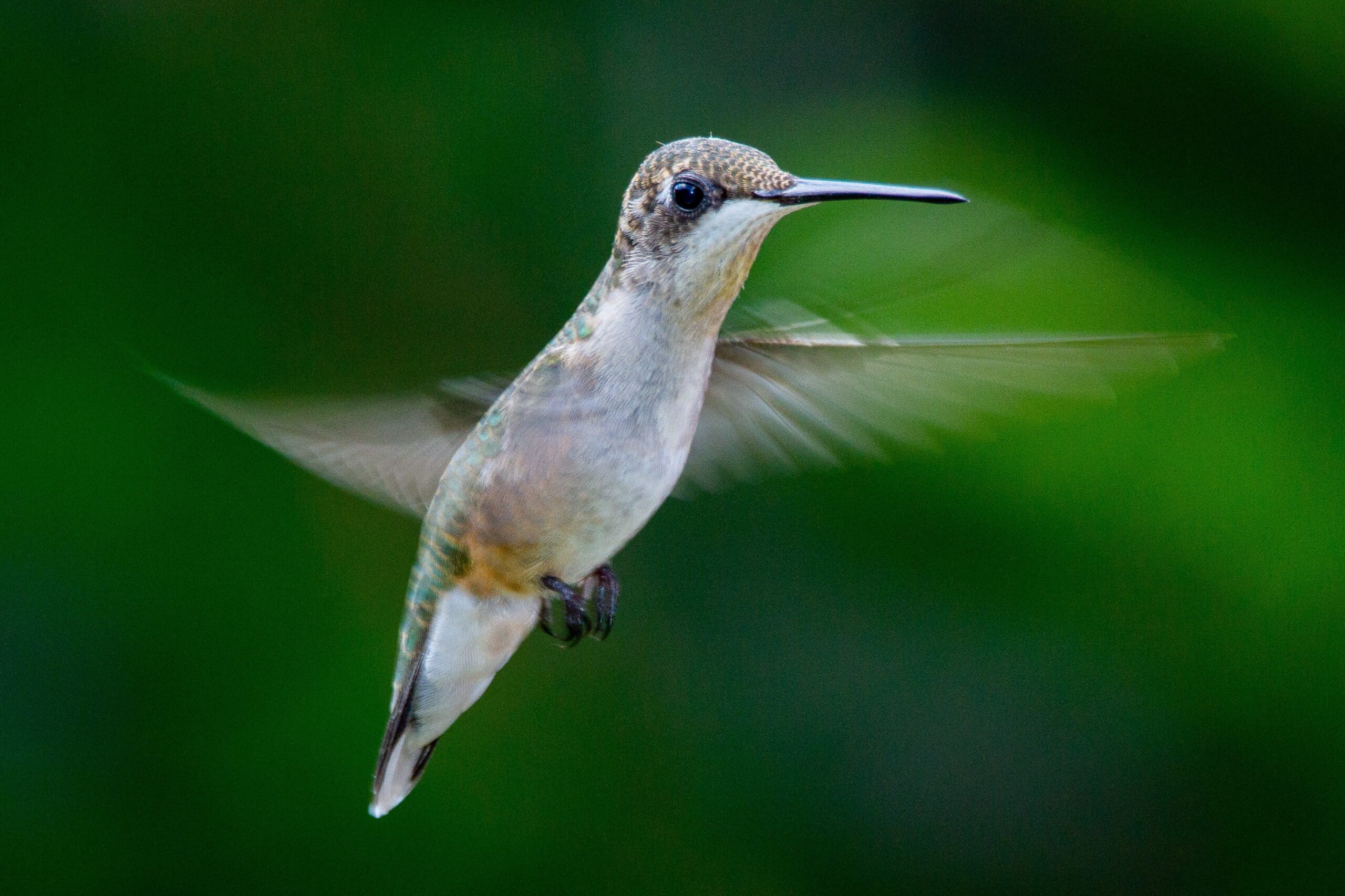Hummingbirds are fascinating creatures known for their agility, vibrant colors, and incredible speed. One of the most remarkable aspects of these tiny birds is their heart rate. In this article, we will explore some amazing facts about hummingbird heart rates that highlight the unique physiology of these feathered wonders.
## The Fastest Beating Hearts in the Animal Kingdom
Hummingbirds have the fastest heart rates of any bird species and are among the fastest in the entire animal kingdom. While the average human heart beats around 60 to 100 times per minute at rest, a hummingbird’s heart can beat up to 1,260 times per minute during flight. This rapid heartbeat is essential to fuel their high-energy lifestyle, allowing them to hover, dart, and maneuver with precision.
## Adaptations for High Metabolic Rates
To sustain their incredibly high metabolic rates, hummingbirds have evolved specialized adaptations. Their hearts are proportionally larger compared to other birds, making up about 2.5% of their body weight. This increased heart size enables them to pump oxygen-rich blood efficiently to support their intense activity levels. Additionally, hummingbirds have a unique ability to enter a state of torpor during periods of rest, slowing down their heart rate and metabolism to conserve energy.
## Heart Rate Variability
Despite their rapid heart rate during flight, hummingbirds exhibit remarkable heart rate variability. This means that their heart rate can adjust quickly in response to changes in activity levels or environmental conditions. For example, when a hummingbird is at rest, its heart rate will decrease significantly to conserve energy. However, the moment it takes flight, the heart rate spikes instantly to meet the increased demand for oxygen and energy.
## Resilience to Environmental Stressors
Hummingbirds are resilient creatures that can adapt to various environmental stressors, including changes in temperature, altitude, and food availability. Their ability to regulate their heart rate efficiently plays a crucial role in their survival. For instance, when hummingbirds migrate across long distances, they can adjust their heart rate to cope with the physical demands of the journey, ensuring they have enough energy to reach their destination.
## Impact of Human Activities
Despite their remarkable adaptations, hummingbirds face challenges due to human activities such as habitat loss, pesticide use, and climate change. These factors can disrupt their natural habitats, affect food sources, and increase the risk of collisions with man-made structures. As a result, conservation efforts are essential to protect hummingbird populations and ensure their continued survival.
## Conclusion
In conclusion, the heart rates of hummingbirds are a testament to their extraordinary physiology and adaptation to a high-energy lifestyle. With the fastest beating hearts in the animal kingdom, hummingbirds showcase resilience, agility, and efficiency in maintaining their vital functions. By understanding and appreciating these amazing facts about hummingbird heart rates, we can gain a deeper insight into the intricate workings of these captivating creatures and the importance of preserving their habitats for future generations to admire and cherish.

Leave a Reply